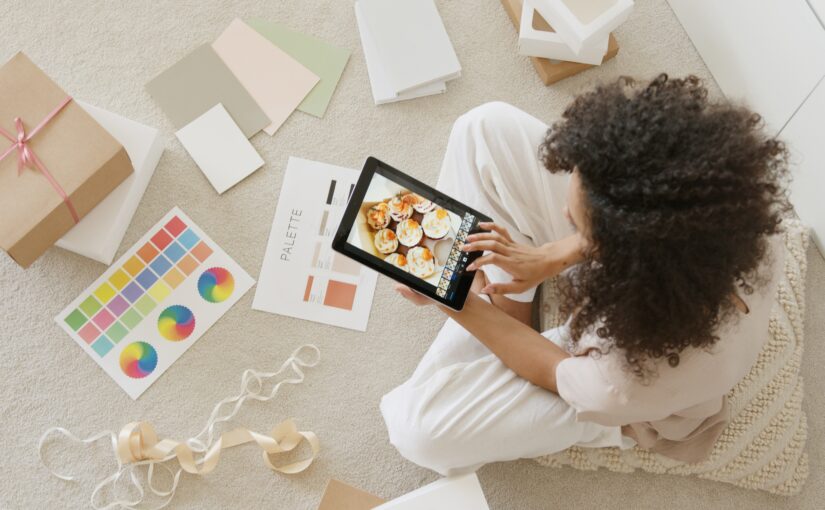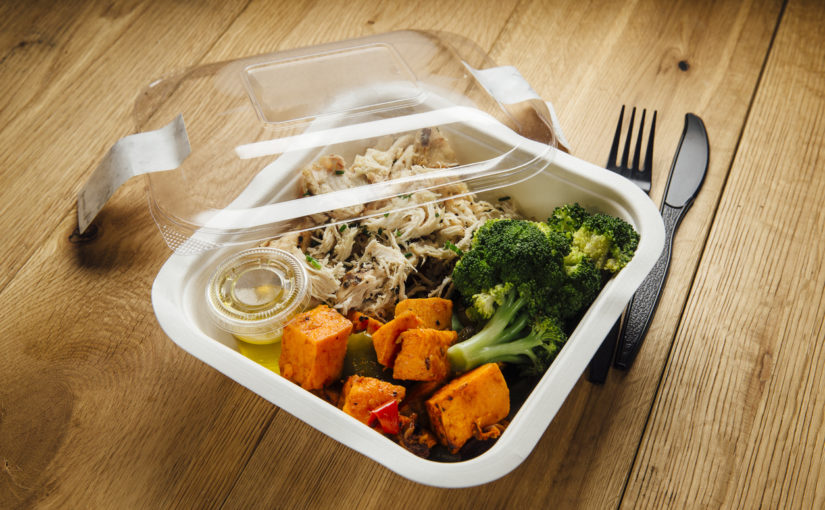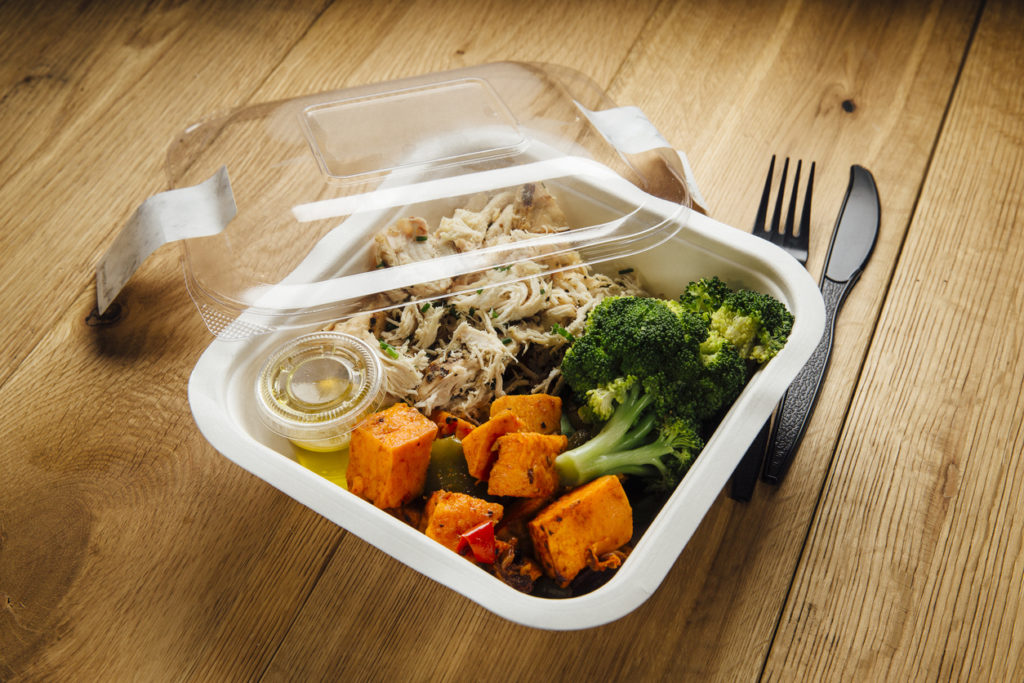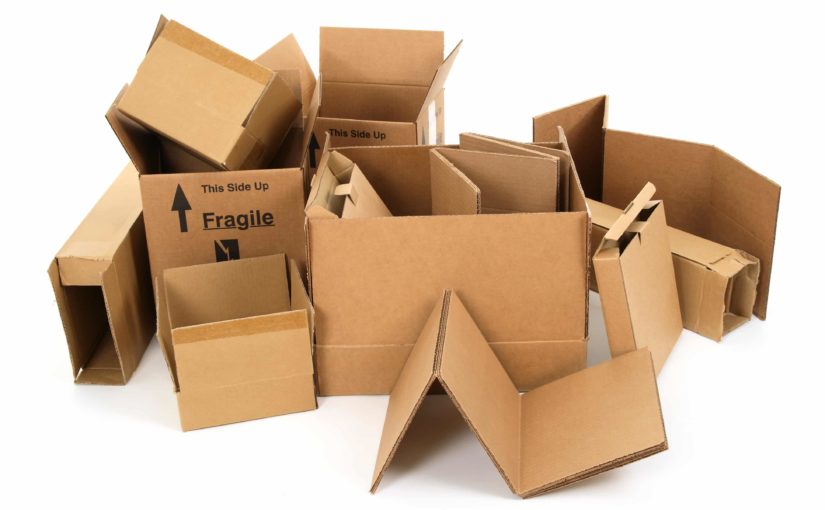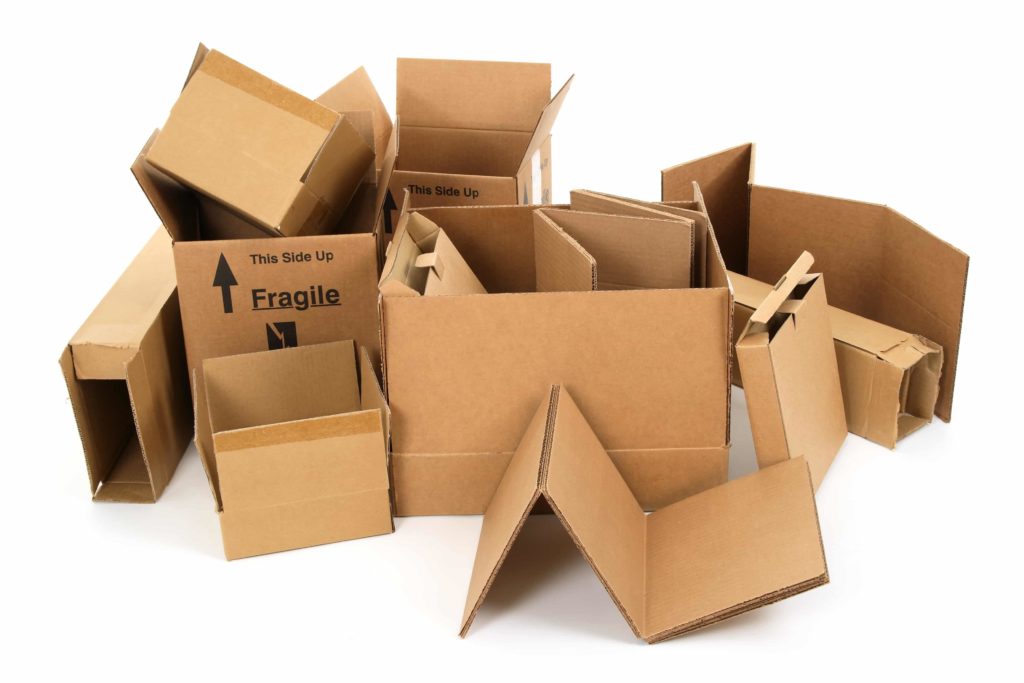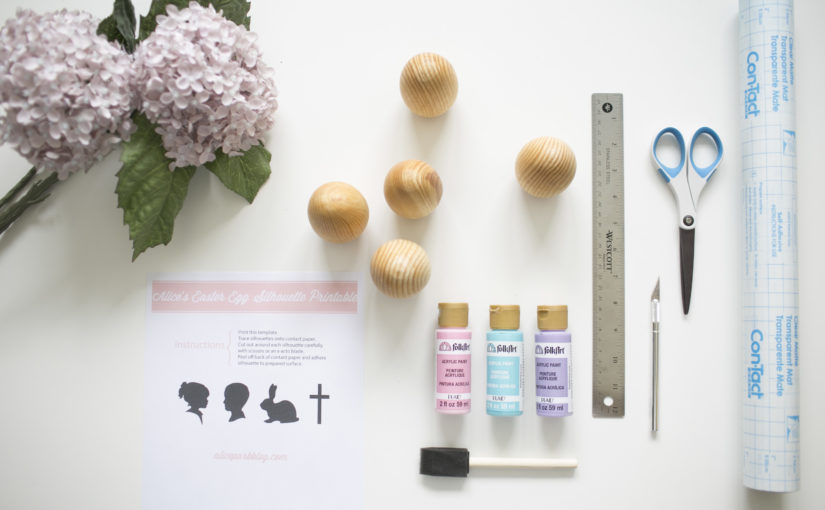Have you ever made a spontaneous decision (solely) based on attractive packaging? You are not alone. Blame it on retail packaging! Most shoppers make their final decisions while they shop at the store and therefore how a product is presented plays a vital role. Consider it a make-or-break point for any brand- to catch the customer’s attention in a split second in the middle of a hundred other brands.
A great retail packaging holds great power on the shopping behavior of customers. This includes design trends which later on becomes a huge asset for any brand to sell. Retail packaging has garnered the limelight after decades of meticulously curating packages that make a product “pop” on the shelves, consequently leading to a positive customer experience.
According to Contract Packaging Association, almost 40% of consumers would rather go for a product they have zero association with only because of its eye-catching packaging. Of course, marketing matters, the advertisements, reviews, recommendations, and brochures help a lot but, in the end, it is the packaging that remains the deciding factor if the brand is an ace or a complete mess. The other 60% of consumers believe that the packaging of the product remains a significant factor in terms of whether or not to test the product.
WHAT IS RETAIL PACKAGING?
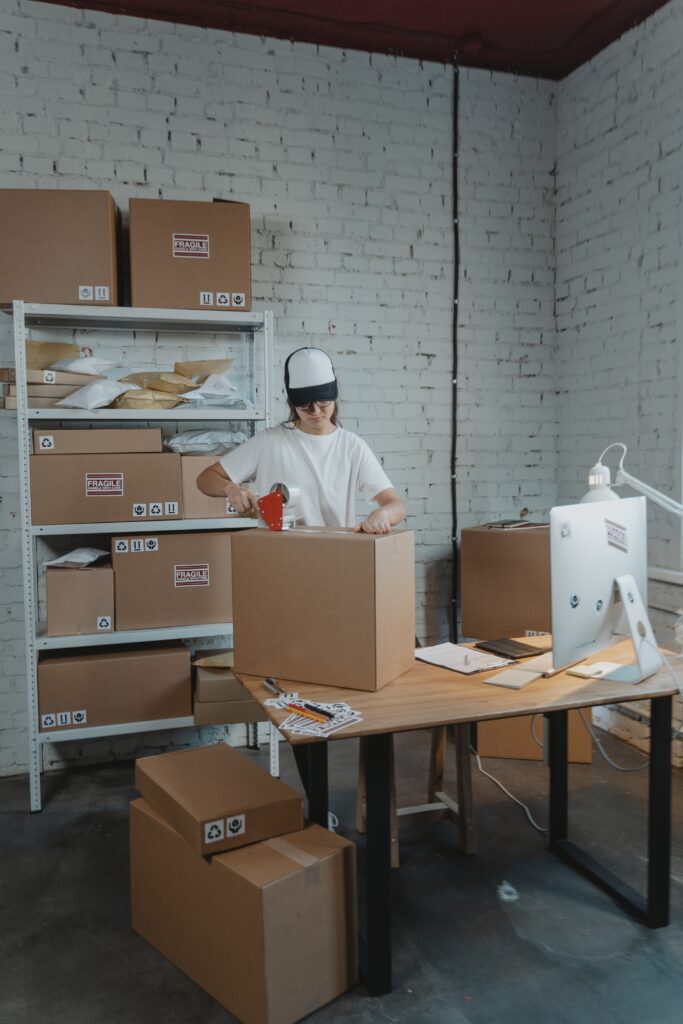
In simple terms, retail packaging is the whole packaging that could be considered as the life and light of every store shelf. Right from gift boxes, shopping bags, to vinyl bags and plastic bags, you name it. Retail packaging is the shelf-ready packaging required from a wide range of retail companies including large retail brands to small boutiques, and specialty store chains. Retail Packaging experts offer high-quality product packaging supplies to companies and small-scale brands depending on their requirements.
ADVANTAGES OF RETAIL PACKAGING (Infographic)

1.They are shelf-ready
There are zero hassles of unpacking and can be displayed straight onto the shelves. This is why it is loved by retailers.
2.Time-saving
Save the inconvenience of sorting and arranging the packaging materials. This leads to less time taken in restocking that results in less chaos in the stores.
3.Efficient workforce
The entire process is seamless which keeps the aisles clear, time saved, and productivity increased.
4.Improved customer experience
There a hundred similar products on the shelves. It is difficult for the customer to pick one. A great retail packaging means a fantastic display, eventually leading to capturing every shopper’s attention.
5.Great Retail Packaging = Strong Branding
Every shopper may spend hours at a store but take a few seconds to finalize a product. Strong retail packaging is an ultimate influence to make that choice/purchase.
6.Retailers are environmental “ahead”
Apart from other touchpoints for success, being green remains an incredible marketing factor for most brands. Consulting retail packaging experts stay ahead of time by sticking to trends and remaining environmental-friendly.
7.Secured Shipping
Shipping is a breeze when it is packed in its retail packaging. This ensures the secured fitting of the products which eventually decreases the risks of materials getting wasted.
8.Cost Saving
When a product is packed in retail packaging, it uses less space. Also, there is less use of external materials to secure the product. This leads to companies saving tons of money.
9.Raising the Competitive Edge
Retail packaging raises the bar in terms of design and in-store marketing. A shopper able to identify the packaging from a distance is proof enough of successful promotion.
10.Easy Shopping experience
Due to improved product appearance with retail packaging, shopping is a lot easier for the customer. Effortless scanning of the store shelves? Dream of every confident shopper.
BEYOND RETAIL PACKAGING
The question remains, are companies able to see the power of retail packaging in this competitive domain?
When it comes to marketing products there is a lot of scrutinies involved. If companies do not use the marketing gimmicks correctly, they could affect customer loyalty, which could tarnish brand visibility.
This is where customized retail packaging comes into effect. Given the fact that shoppers depend on those crucial ten seconds timeframe to decide on the product, retail packaging becomes the deciding factor whether it sells or not. Therefore, it is important that the retail packaging communicates with the customer within those few seconds.
There are a huge number of brands and products competing against one another on the same shelf and retail packaging makes all the difference in achieving customer support. It could also eventually turn into a major purchasing behavior of any customer.
The intended brand message is conveyed through any effective retail packaging design. Of course, they are crafted according to personalized requirements but in the end, it all depends on whether or not it catches the attention of the customer.
The idea should be to garner as much information and knowledge as possible about customer buying trends as well which would, in turn, affect the retail packaging. This would require several surveys, marketing campaigns, and initiatives to come up with the ultimate retail packaging.
CONCLUSION
Companies, regardless of their scale and reach, should trust retail packaging experts. They are far ahead of you as they can determine the right size and type of packaging for your product that remains within your budget. Not to forget, a design that stands out. This calls for everyone to understand the advantages of retail packaging.


